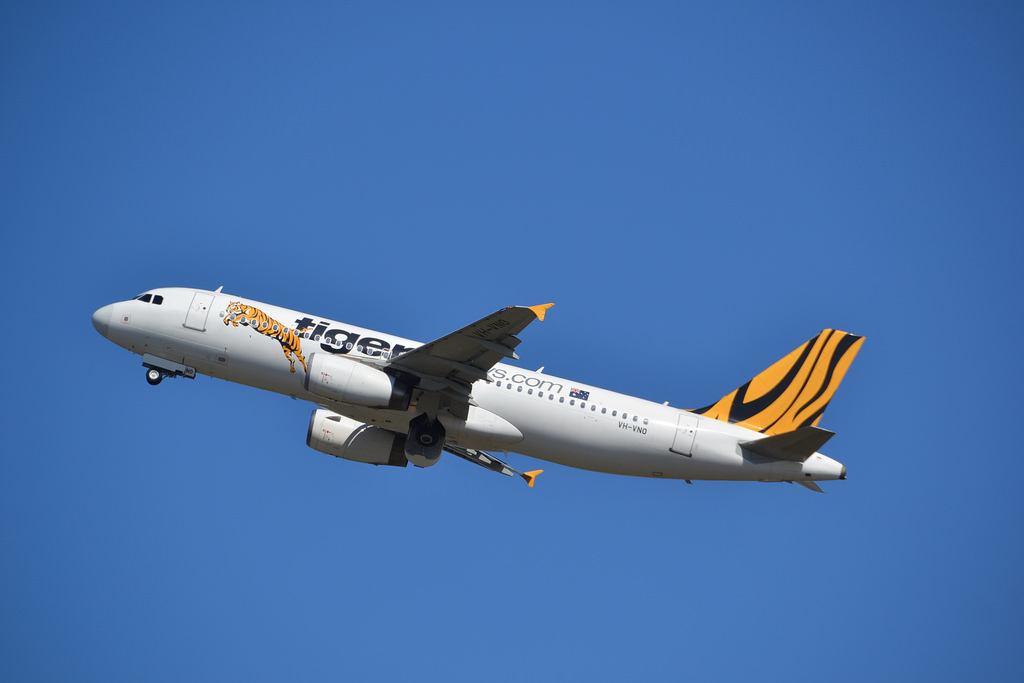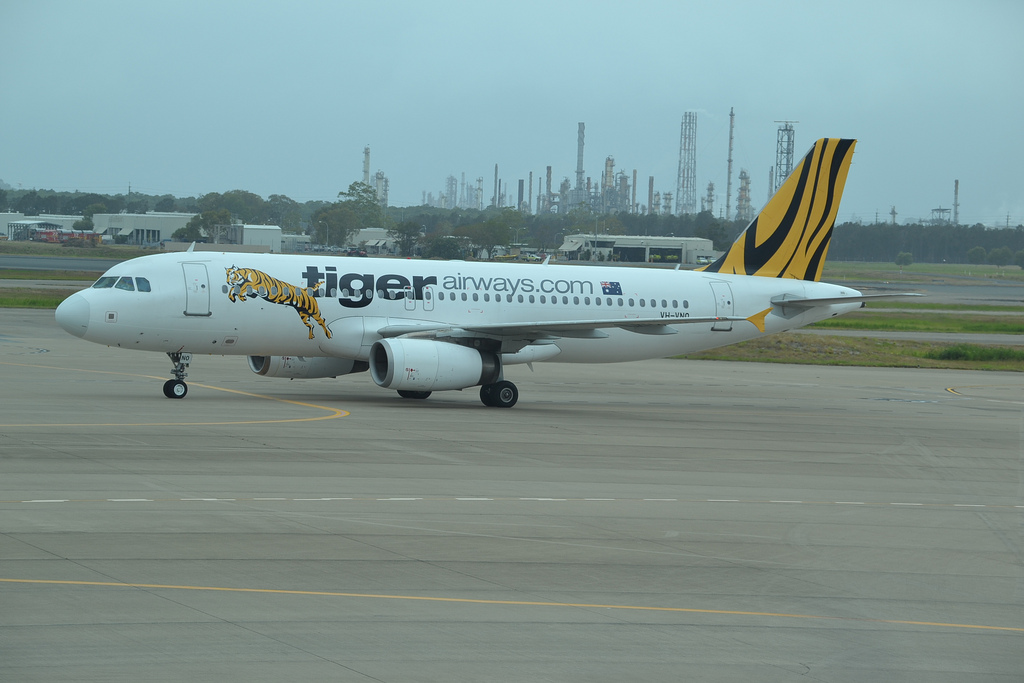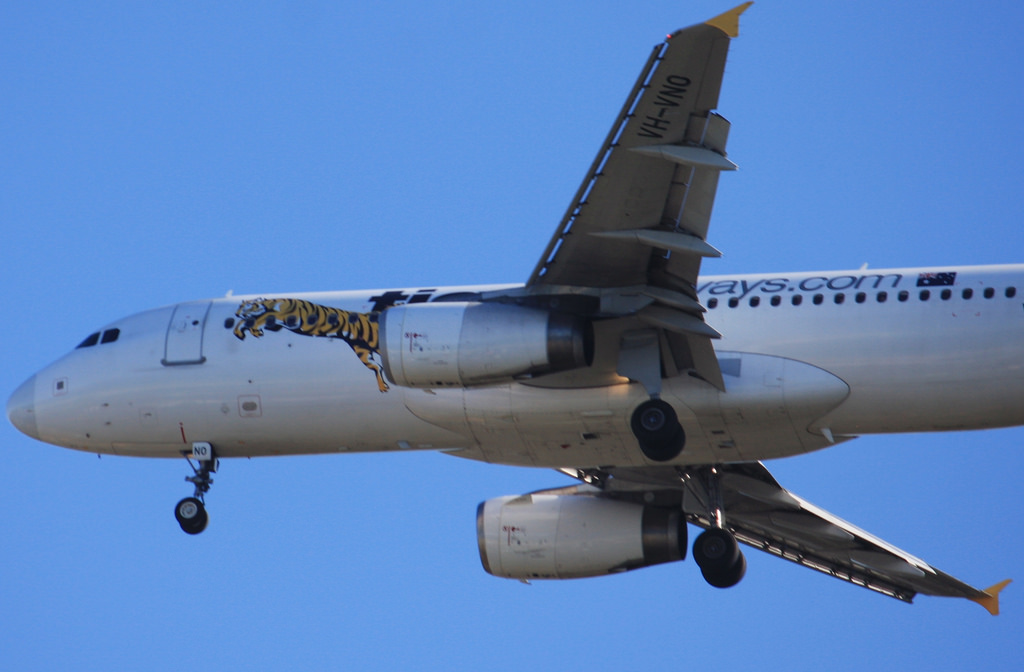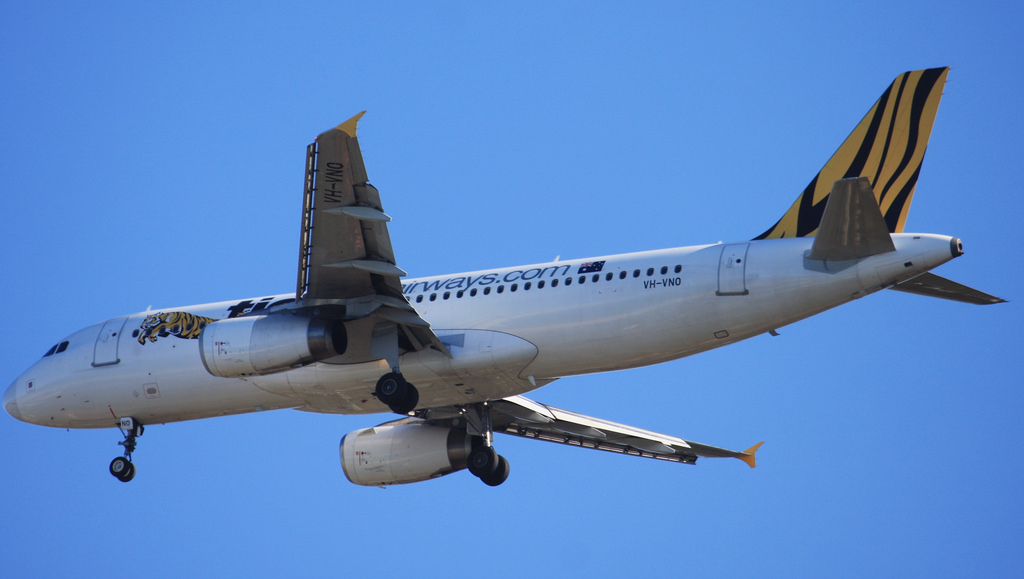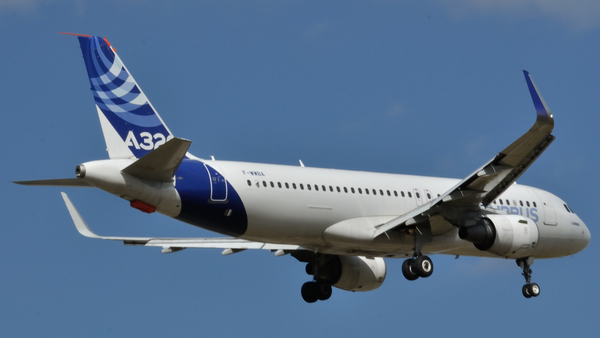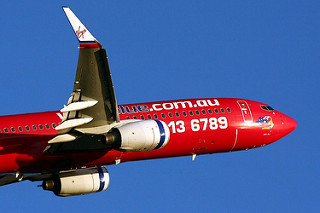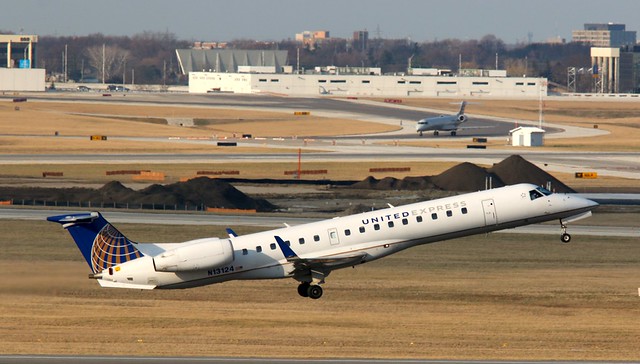Tiger Australia A320 near Melbourne on Mar 1st 2016, unusual odour in cabin
Last Update: July 27, 2016 / 14:43:54 GMT/Zulu time
Incident Facts
Date of incident
Mar 1, 2016
Classification
Incident
Airline
Tiger Airways
Flight number
TT-511
Departure
Brisbane, Australia
Destination
Melbourne, Australia
Aircraft Registration
VH-VNO
Aircraft Type
Airbus A320
ICAO Type Designator
A320
The Australian Transportation Safety Board ATSB have opened an investigation into the occurrence rated an incident.
On Jul 27th 2016 the ATSB released their final report without conclusion however following safety message:
This incident demonstrates effective crew resource management techniques to deal with an abnormal and evolving situation.
In the event of smoke or fire, the emergency procedures are clear, time is of the essence, and a MAYDAY call is required. In this incident, however, the seriousness of the situation, the source of the fumes, and the potential risk of the situation, was difficult to assess. The crew’s decision to declare a PAN enabled air traffic control to provide assistance, without the immediacy that would have been required in the case of smoke or fire. As the situation unfolded, the flight crew continued to assess their options based on the information available. They made contingency plans in case things escalated or worsened, such as identifying the nearest airport for an emergency landing if required.
The third time the cabin crew reported the odour, and also became unwell, the flight crew had commenced descent, and the workload was very high. The flight crew demonstrated effective decision making and prioritisation based on the information available and the situtation at hand. Throughout the approach to Melbourne, the flight crew communicated with each other, the cabin crew, the passengers, and air traffic control, which kept all parties informed and allowed appropriate assistance to be given.
The ATSB reported that the aircraft was enroute abeam Parkes,NSW when a strong odour was noticed for a first time, cabin crew informed the captain and were unsure about the nature of the smell, however, later described it similiar to the smell of an extinguished cigarette. The odour dissipated soon after, but reappeared about 10 minutes later.
The ATSB reported: "The cabin crew conducted their normal procedures in response to fumes in the cabin. This included filling bins with water to quench any possible fire, and checking lavatories, galley and the rear of the cabin in an attempt to find the source of the fumes. They also assessed whether there was any evidence of heat or fire. As the cabin crew were unable to locate the source of the fumes or to find any heat source, the captain further asked them to check the overhead lockers and the floor above the cargo hold. They were still unable to find the source. In accordance with standard operations with fewer than 115 passengers on board, the flight crew had the cabin air on the low flow setting. In the absence of smoke, they elected to set the airflow to high and see if that removed the odour from the aircraft. The fumes subsequently subsided."
While descending towards Melbourne the odour returned and was very strong. Three cabin crew felt unwell, one had even vomitted.
The ATSB reported:
The captain and first officer then reviewed the situation. They assessed that due to the cabin crew becoming ill, and the source of the fumes still unknown, they would contact ATC, declare a PAN and request direct tracking to Melbourne. The crew also requested radar vectoring to reduce the workload required to reprogram the flight management system from the previously cleared route already entered into the system.
The cabin manager then advised the captain that the odour was still very strong. The captain recommended that all passengers be moved forwards away from the odour, which was at the rear of the cabin. The captain advised the cabin manager that they had declared an emergency and requested a direct track to Melbourne, and switched the seatbelt sign on.
The air traffic controller asked how many people were unwell and would require ambulance on arrival. The captain discussed with the cabin manager before responding that three cabin crew members and no passengers were unwell. The captain advised the passengers that fire vehicles and ambulance would be present for their arrival at Melbourne Airport.
During the approach, the captain advised ATC that they expected to conduct a normal landing and taxi clear of the runway via a high-speed taxiway. They would then stop and evaluate whether they would continue to taxi to the bay or whether an evacuation of the aircraft would be necessary.
To allow ease of access by emergency vehicles, the control of all runways had been handed from the tower controller to the surface movement controller. Aircraft movements were temporarily suspended, therefore no other aircraft were cleared to take-off or land at the airport. The aircraft landed at 0958 EDT.
The captain had directed the cabin manager to check the rear of the cabin after the aircraft taxied clear of the runway, and advise whether the odour was still there. The cabin manager reported that it was not. The captain then spoke to the commander of the aviation rescue and firefighting service, advised that they would continue to taxi to the bay, and requested that they follow the aircraft. The captain then requested a clearance from ATC to taxi to the bay. The captain also advised the passengers of the situation.
Once parked at the bay, the flight crew elected not to start the auxiliary power unit because they had been unable to determine the source of the fumes or to exclude any potential fire hazard. The captain advised the cabin crew and passengers that the cabin would go dark and the emergency lighting would come on. After shutting the engines down, the captain advised the fire commander that other than sick members of the cabin crew, everything was normal. The captain then left the cockpit to address the passengers, who disembarked normally. The fire crew did not find any source of fumes or fire, nor did a subsequent engineering inspection reveal the source.
Aircraft Registration Data
Incident Facts
Date of incident
Mar 1, 2016
Classification
Incident
Airline
Tiger Airways
Flight number
TT-511
Departure
Brisbane, Australia
Destination
Melbourne, Australia
Aircraft Registration
VH-VNO
Aircraft Type
Airbus A320
ICAO Type Designator
A320
This article is published under license from Avherald.com. © of text by Avherald.com.
Article source
You can read 2 more free articles without a subscription.
Subscribe now and continue reading without any limits!
Read unlimited articles and receive our daily update briefing. Gain better insights into what is happening in commercial aviation safety.
Send tip
Support AeroInside by sending a small tip amount.
Related articles
Tiger Australia A320 near Brisbane on Dec 9th 2018, hydraulic leak
A Tigerair Australia Airbus A320-200, registration VH-VNO performing flight TT-311 from Brisbane,QL to Adelaide,SA (Australia), was enroute at FL360…
Tiger A320 near Melbourne on Dec 12th 2019, fumes in cabin
A Tigerair Australia Airbus A320-200, registration VH-XUH performing flight TT-644 from Adelaide,SA to Sydney,NS (Australia), was enroute at FL380…
Tiger B738 at Sydney on Jul 12th 2018, cabin pressurization not armed
A Tiger Airways Australia Boeing 737-800, registration VH-VUB performing flight TT-229 from Sydney,NS to Melbourne,VI (Australia), was climbing out…
Tiger A320 at Melbourne on Jul 19th 2018, lightning strike
A Tiger Airways Australia Airbus A320-200, registration VH-XUH performing flight TT-471 from Melbourne,VI to Adelaide,SA (Australia), was climbing…
Tiger A320 near Brisbane on Jun 21st 2018, burning odour on board
A Tigerair Airbus A320-200, registration VH-VNC performing flight TT-680 from Sydney,NS to Cairns,QL (Australia), was enroute at FL320 about 120nm…
Newest articles
The GPS Problem No One Wants to Discuss in 2026
GPS is widely perceived as a solved problem. It works, it’s global, and it underpins everything from smartphones to financial systems. Yet in…
Commute ERJ145 at Washington on Jan 12th 2026, engine shut down in flight
A Commute Air Embraer ERJ-145 on behalf of United, registration N13124 performing flight UA-4295 from Washington Dulles,DC to Mobile,AL (USA) with 43…
Subscribe today
Are you researching aviation incidents? Get access to AeroInside Insights, unlimited read access and receive the daily newsletter.
Pick your plan and subscribePartner

ELITE Simulation Solutions is a leading global provider of Flight Simulation Training Devices, IFR training software as well as flight controls and related services. Find out more.
SafetyScan Pro provides streamlined access to thousands of aviation accident reports. Tailored for your safety management efforts. Book your demo today
AeroInside Blog
Popular aircraft
Airbus A320Boeing 737-800
Boeing 737-800 MAX
Popular airlines
American AirlinesUnited
Delta
Air Canada
Lufthansa
British Airways

